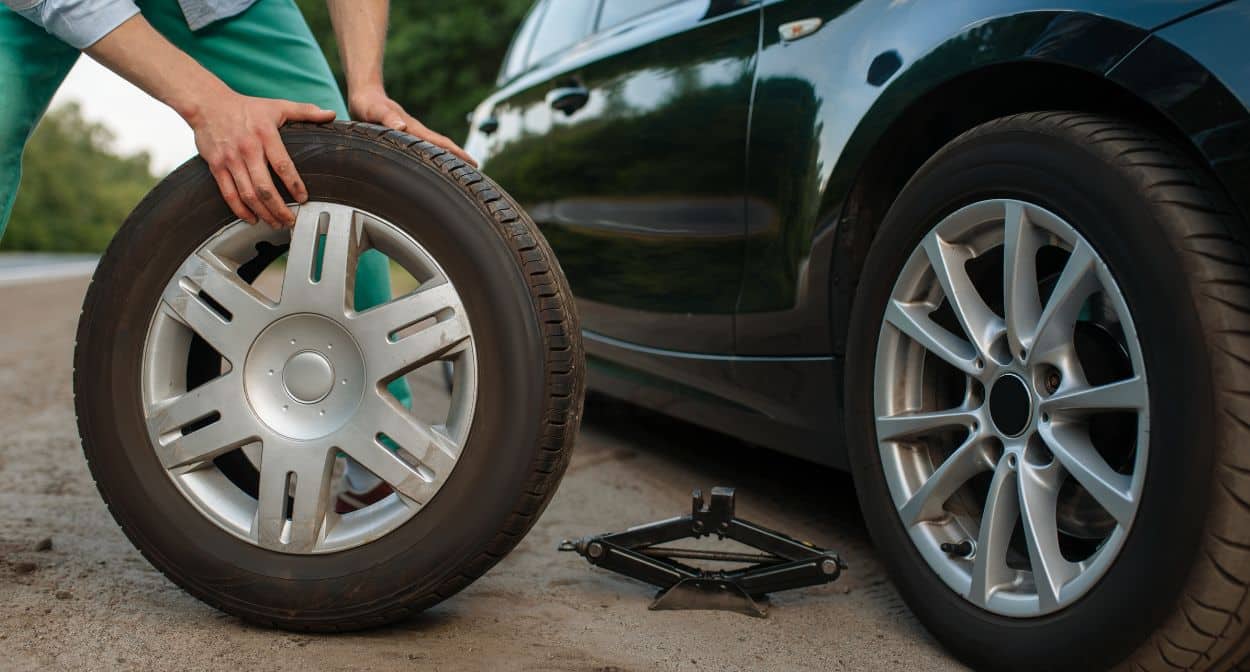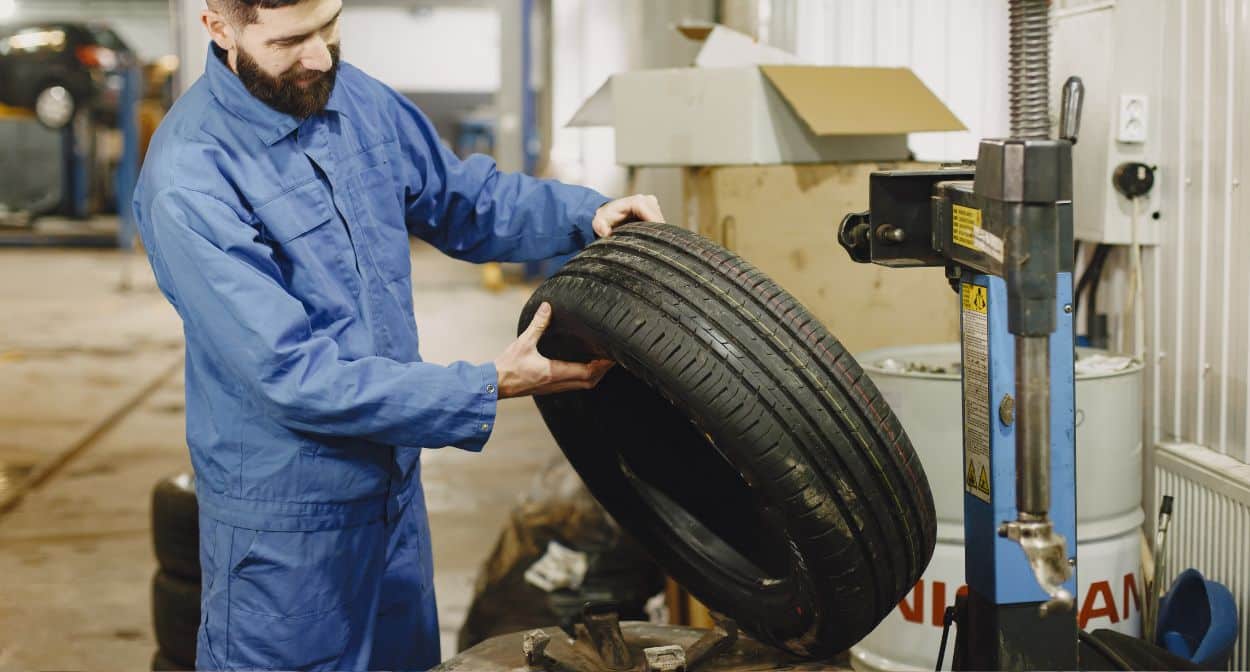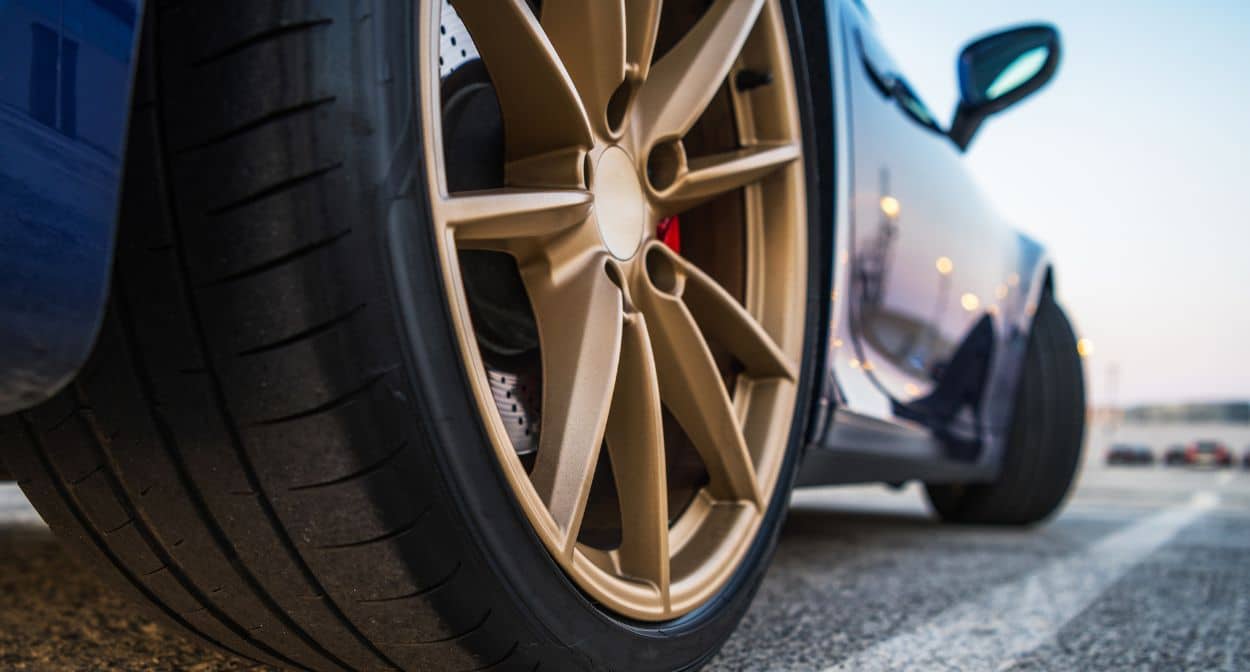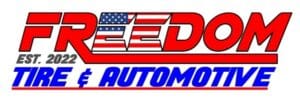1. Signs of Wear and Tear

Over time, all tires show signs of wear. Even with the best care, constant contact with rough roads, temperature changes, and braking affects your tire’s integrity. Here are some of the most common signs that your tires are worn out and may need replacing:
- Visible Tread Wear Patterns: Look for patterns that indicate improper alignment or inflation. Uneven tread wear across one side of the tire or the middle section can indicate issues. If your tires show a lot more wear on one edge, they may be misaligned and need replacement.
- Sidewall Damage: Cracks, cuts, or bulges on the tire sidewall can lead to tire failure. The sidewall is especially vulnerable to impact damage from potholes or curb contact. Any visible damage to this part of the tire may compromise its integrity, making replacement necessary.
- Bubbling or Bulging Areas: A bubble or bulge in a tire means there’s internal damage, often caused by impact with a pothole or curb. This type of damage weakens the tire, increasing the risk of a blowout and necessitating immediate replacement.
2. Tread Depth Check

Tread depth plays a significant role in traction, especially on wet roads. New tires usually have a tread depth of about 10/32” to 12/32” (millimeters), depending on the tire type. As tires wear down, their ability to grip the road in adverse conditions diminishes. Here are ways to check your tire’s tread depth:
- The Penny Test: Insert a penny into the tire tread groove with Lincoln’s head facing down. If you can see the top of Lincoln’s head, it means your tread depth is below 2/32”—the point at which tires are considered legally worn out in many states.
- Tread Wear Indicators: Many tires come with built-in tread wear bars. These bars are visible as the tire wears down, and once they’re level with the tread, it indicates the tire is worn to its minimum safe depth.
- Digital Tread Depth Gauge: If you want a precise measurement, use a digital tread depth gauge. A reading below 4/32” on all-season tires suggests reduced effectiveness, especially on wet surfaces. At this point, it’s wise to start shopping for new tires before they reach 2/32.”
3. Unusual Noises

Tires can also indicate their age or wear level through unusual sounds. When your tires begin to make unexpected noises, it’s often a sign of an issue that may require replacement.
- Loud Humming or Thumping Sounds: If you hear a constant humming or thumping noise, it could mean your tires are unevenly worn or have a problem with their internal structure. Uneven tread wear often results from alignment or suspension issues, and it can lead to a rough, noisy ride.
- Squealing When Turning or Braking: If your tires are making squealing noises when you’re making turns or stopping, it could mean they’re struggling to grip the road, likely because of worn tread. This is especially dangerous in wet or slippery conditions and could signal the need for new tires.
- Whining Sound at High Speeds: A high-pitched whine could be a sign of irregular tread wear. When the tread patterns wear unevenly, they can create noises, especially at higher speeds. If these sounds persist despite regular rotations, it may be time to replace your tires.
4. Performance Issues

Tires are central to how your vehicle handles on the road. A decline in handling or responsiveness can often be attributed to worn-out tires. If you’re experiencing these issues, your tires may be nearing the end of their lifespan.
- Poor Traction: Worn tires struggle to maintain grip, especially in wet or snowy conditions. If you notice your vehicle slipping, skidding, or taking longer to stop, it’s a red flag that your tires may be too worn.
- Longer Braking Distance: Tires with minimal tread depth require more distance to stop. This is dangerous in emergency braking situations, particularly in poor weather conditions. Reduced braking responsiveness is a major indication that your tires need replacement.
- Handling Instability: Your tires should allow your vehicle to turn and handle smoothly. If you find that your car sways, wanders, or feels unstable on the road, your tires may be worn, underinflated, or both. Handling issues, particularly in high-speed situations, are often caused by tire wear and should be addressed quickly to ensure safety.
Additional Tip: Checking Tire Age
Even if your tires appear to have adequate tread, age is another factor. Most tire manufacturers recommend replacement every six to ten years, regardless of tread wear. The date of manufacture is found on the sidewall in the DOT code—a four-digit number representing the week and year the tire was made. For instance, “2219” indicates that the tire was made in the 22nd week of 2019. If your tires are over six years old, they may begin to lose elasticity and durability, which affects performance and safety.
Recognizing the signs of wear and tear on your tires is crucial for safe driving. If you’re experiencing any of these issues, it may be time to consider new tires. At Freedom Tire, we offer a range of tire brands, from premium options to budget-friendly choices, tailored to meet the demands of every driver and road condition. Additionally, our tire installation service ensures that your new tires are installed professionally, getting you back on the road safely and efficiently.
Don’t wait for minor issues to become major problems. Check your tires regularly, keep an eye out for signs of wear, and if you’re in doubt, consult the experts at Freedom Tire to keep your vehicle performing its best on the road.

